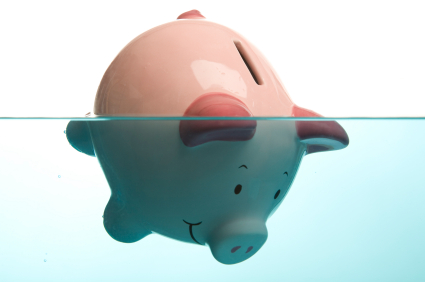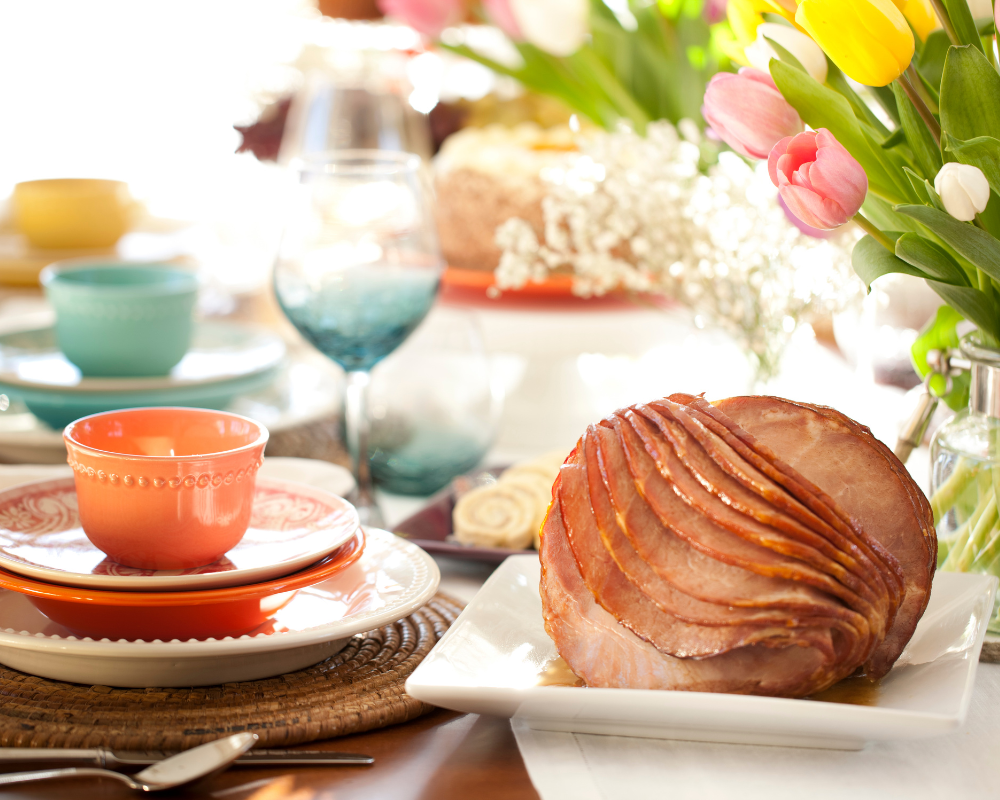Earth Day All Month: Water Conservation
Editor’s Note: This April we’re commemorating Earth Day each week by discussing practical ways you can make sustainable choices. Check out our tips, and give us some of yours, to help maintain a healthy Earth while saving some of your hard earned dollars.
All life relies on water. Many of us think of water as an unlimited resource, yet wars have been fought over water throughout history and more are predicted for the future. It’s true that 97% of the earth’s surface is covered by water, but only 1% off all that water is fresh water available for humans. As a winery we recognize how important water is to us for both growing grapes and keeping all of our equipment sanitized in the winery.
In general people often overlook the energy water use requires. Water is pumped miles and miles to the point of use. Then equipment like filters, water softeners and heaters use more energy. Finally, used water has to be pumped again so it can be cleaned up and disposed. When we add it all up that’s a lot of energy that’s generating green house gases every step of the way. Using all that energy is not only bad for the environment, it’s expensive for home use and here at the winery too.
So conserving water is clearly a smart choice. Before we discuss how you can save water, here are a few of the projects we’ve been working on to conserve water.
- Determining the True Cost of Water: Our project calculated all costs associated with water use, like energy, to figure out how much water truly costs. It costs five times as much as we originally thought. Now we can now make both the environmental and financial case for conserving water. We shared this research with the wine industry and it’s now widely cited as the impetus for water conservation at other wineries.
- Utility Pilot Project: Partnering with our utility we found ways to reduce both water and energy use. We measured how much water each of our processes use and identified ways to save water. We changed process and upgraded equipment to cut water use by 6 million gallons annually.
- Water Recycling Pilot Project: We currently reuse water from winemaking for irrigation, but it would be even better to reuse that water in the winery — over and over. We ran a pilot project developing and testing new water recycling filtration technology. Working with the University of California Davis we proved the filters could conserve 75% of the water we filtered.
- Smart Irrigation Pilot Project: Our latest project will use advanced technology to reduce water use in the vineyards. We’ll be using sensors in the vine canopy to measure temperature, wind and humidity. Additional sensors will be used in the ground to determine soil moisture. All the data will feed through a computer model to reduce water use and turn on and off the system automatically.

We’ve been learning a lot about water conservation and it’s paying off for the environment and our bottom line. We’ve got some tips on saving water and money from our friends at Practically Green. Their website lets you determine your environmental performance and figure out ways to increase your green score while using social media to make it fun.
Turn off the faucet while you brush your teeth
Difficulty: Anyone can do it!
A standard faucet can use about 2 to 3 gallons of water per minute. So, turn the water off until you need to rinse and save 20 to 30 gallons of water per person per week. For a family of four that’s over 6,000 gallons of water each year. That is considerable savings—both for water and your wallet. At least 36 states are expecting water shortages in the next five years. So even if you live in a place where it rains a lot, there might be a water shortage.
Install a low-flow faucet
Difficulty: A little D.I.Y.
Low-flow faucets work by mixing air with the water coming out of the faucet, reducing water use by almost 50% without compromising pressure. Having low-flow faucets can translate into big savings—thousands of gallons of water and dollars each year.
You may already have low-flow aerators installed. Check the tip of your faucets to see if there are flow rates imprinted on the sides. If you don’t see any numbers, peek inside to see if your faucets have threading. If yes, you’ll be able to easily install aerators. If no, you might want to replace the faucet or faucets entirely.
To install or replace an aerator, you need to know the size. Either bring your old one to a hardware store or look it up online on your faucet manufacturer’s website. For maximum water savings, you want aerators rated at 2.75 gallons per minute (GPM) or below. Installation can be done by hand or with pliers, plus some pipe tape. When in doubt, seek help from a professional plumber
Upgrade to a dual-flush toilet
Difficulty: Might need a professional, but it’s worth it!
A family of four can consume 400 gallons of water per day, 30 percent of which is flushed down the toilet. By installing a dual-flush toilet, you can choose how much water is used per flush, depending on whether you’re disposing solid or liquid waste. Like a standard toilet, a solid flush uses 1.6 gallons; but a liquid flush only uses 0.8 gallons, so the majority of flushes use 50% less water.
DIY dual-flush adapter kits are great for upgrading an existing toilet, instead of purchasing a new one, but make sure it’s compatible with your existing toilet. Different brands will have different installation instructions, but all involve adding the kit to the inside of your tank.
Consult a plumber for help selecting and installing a new dual-flush toilet and make sure you choose one that works with your existing toilet plumbing and space.









